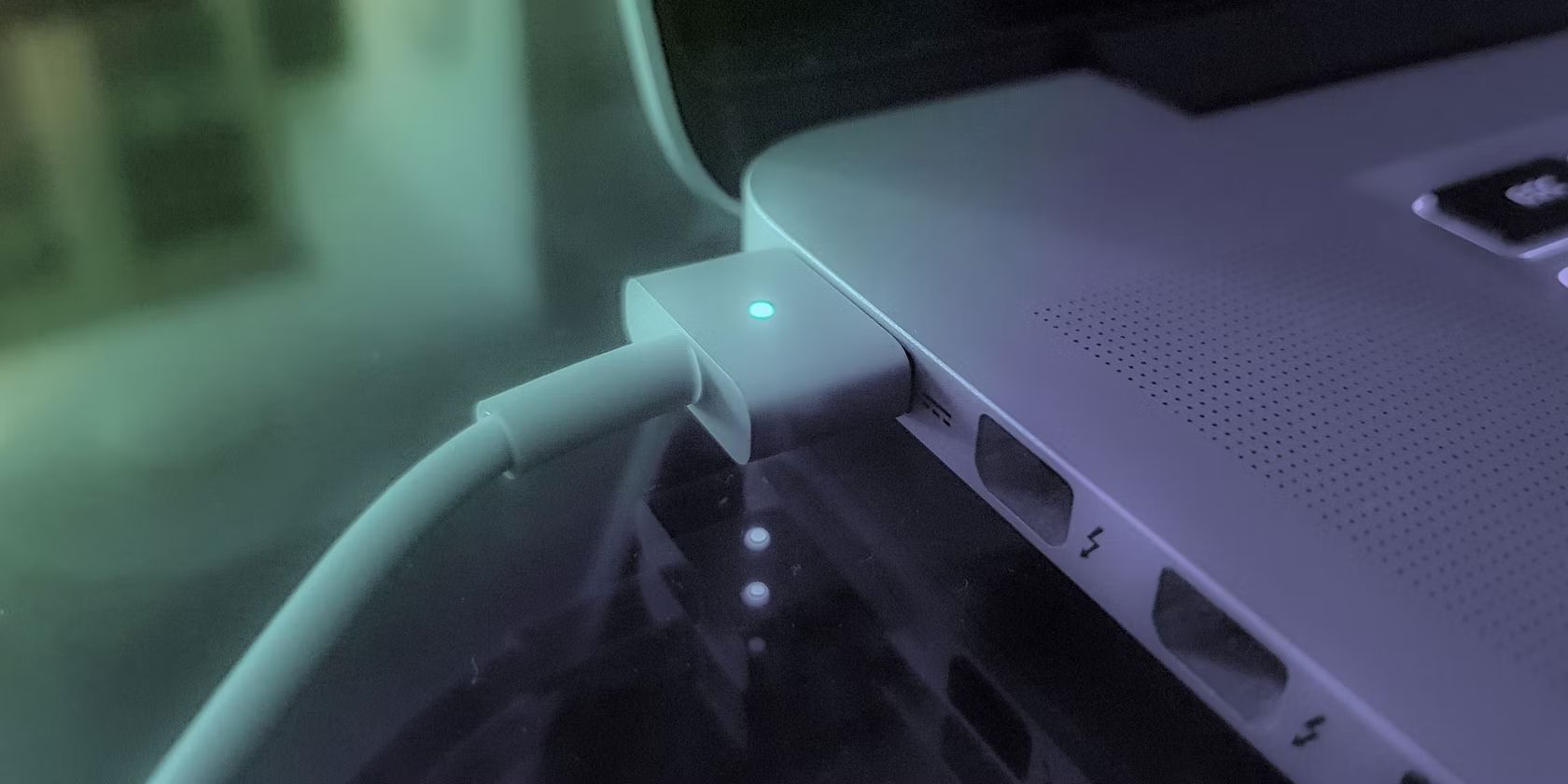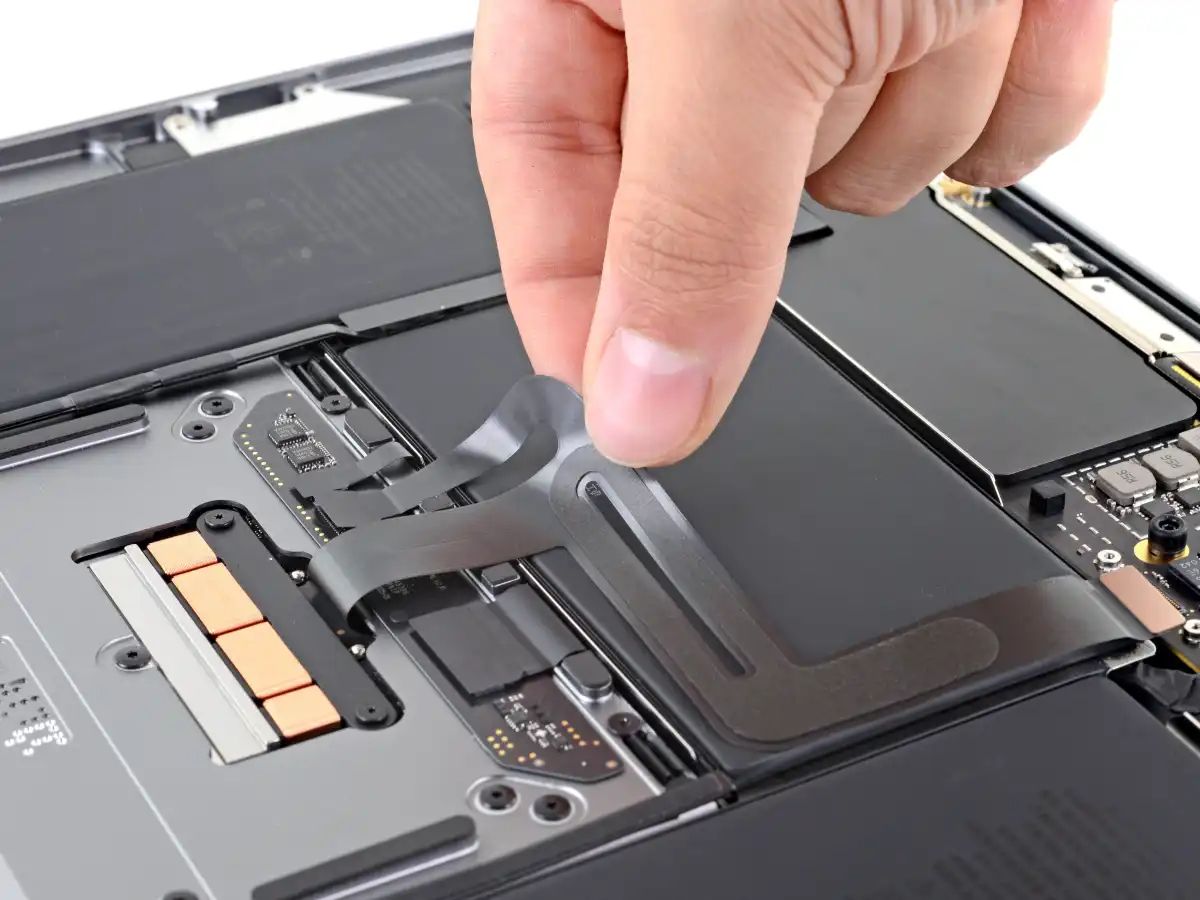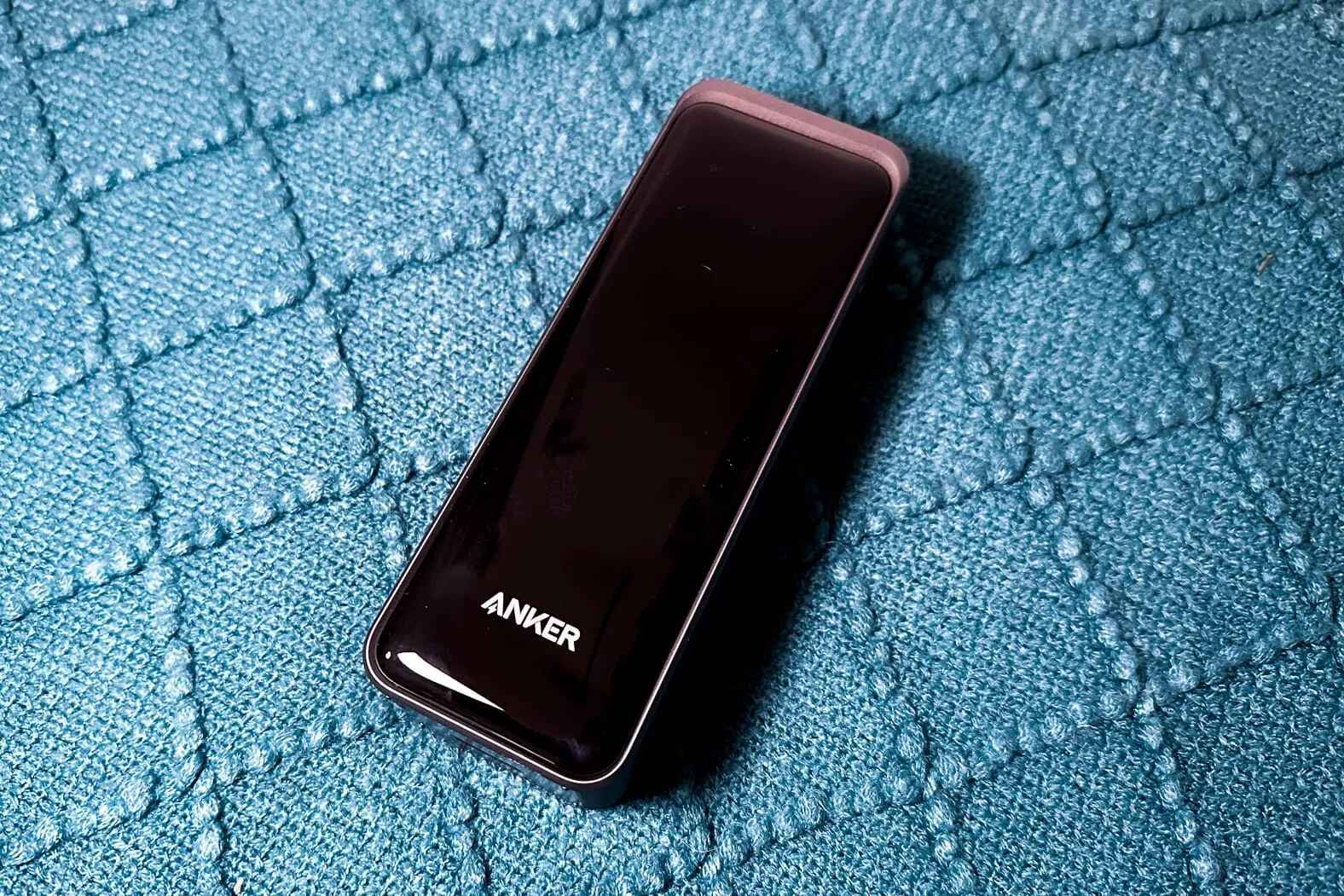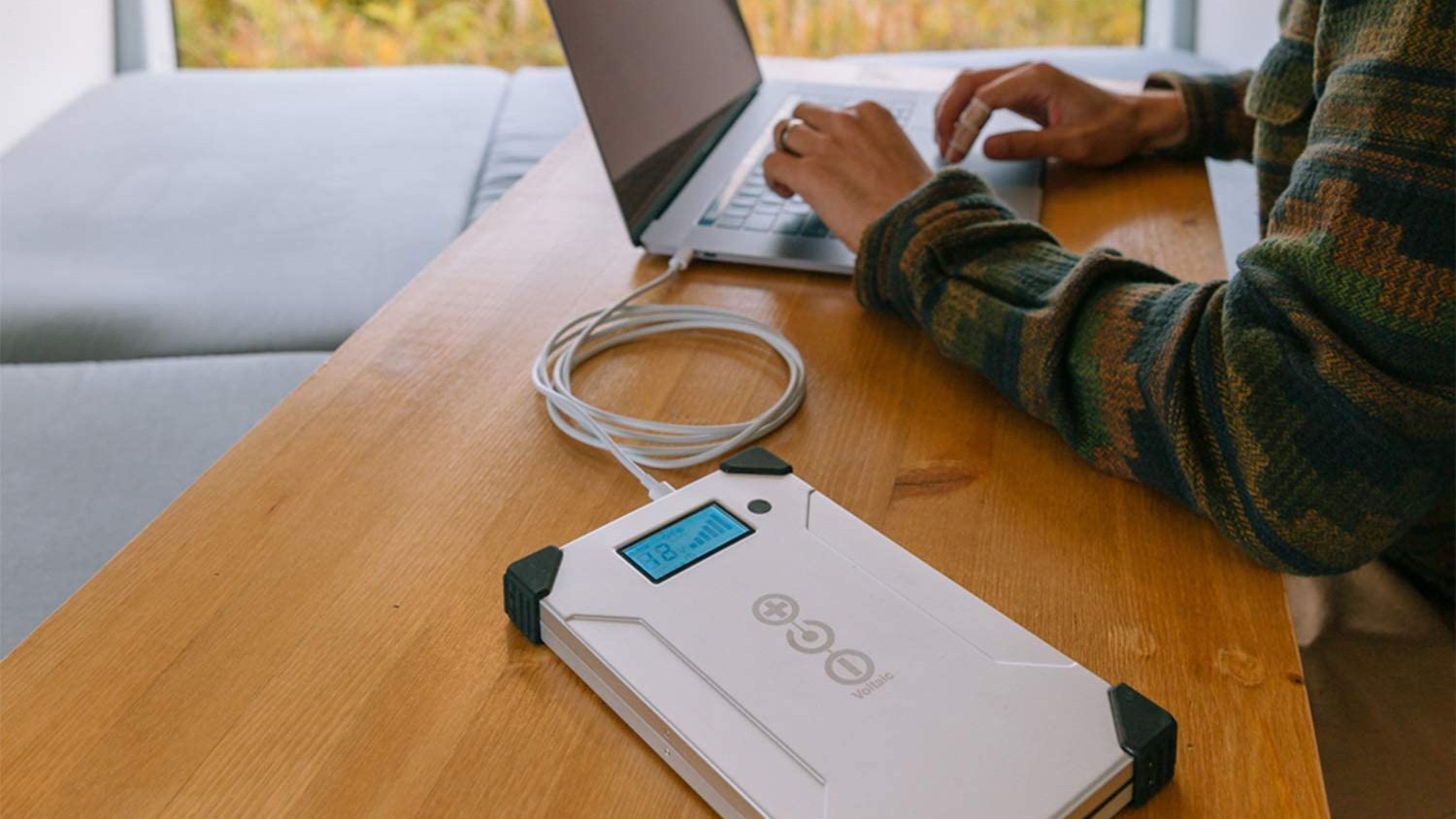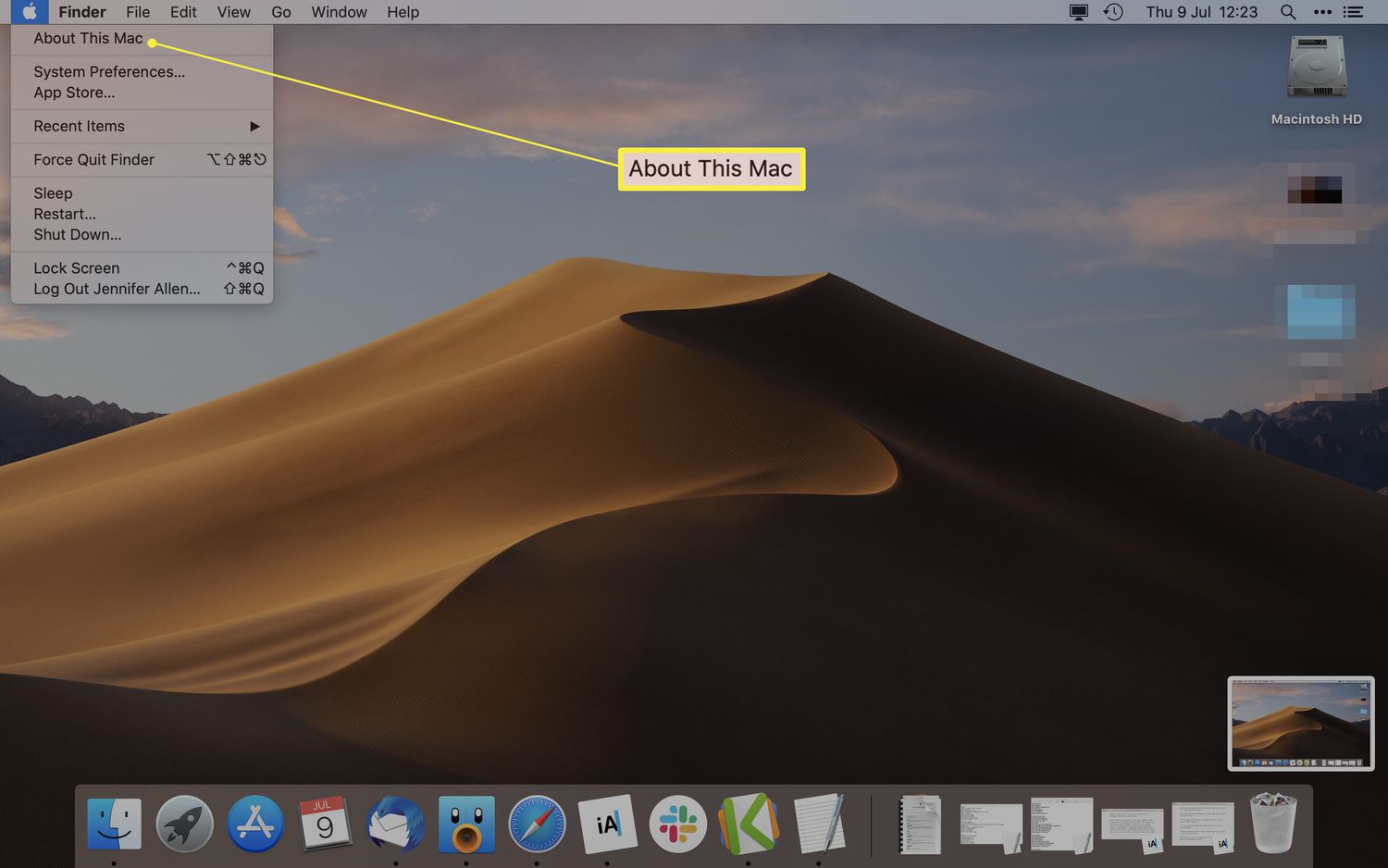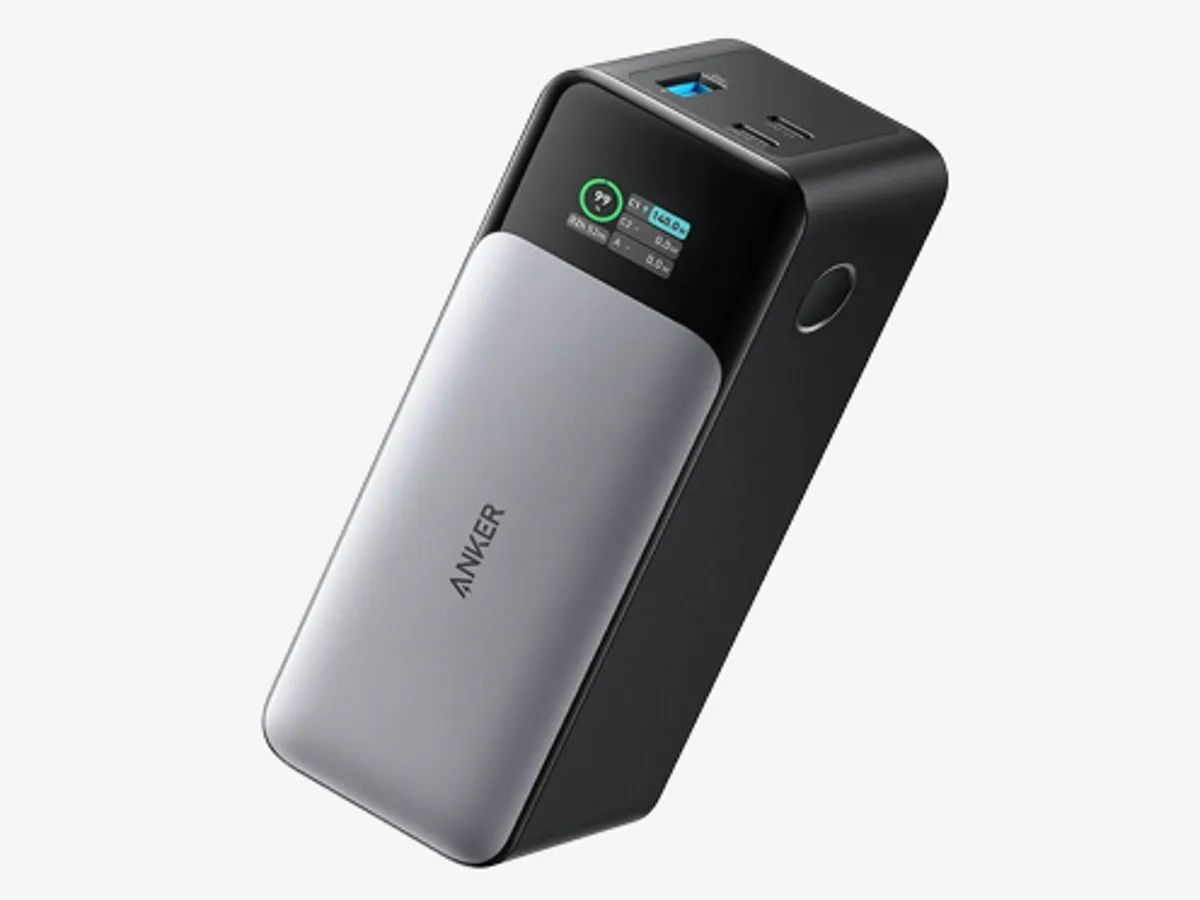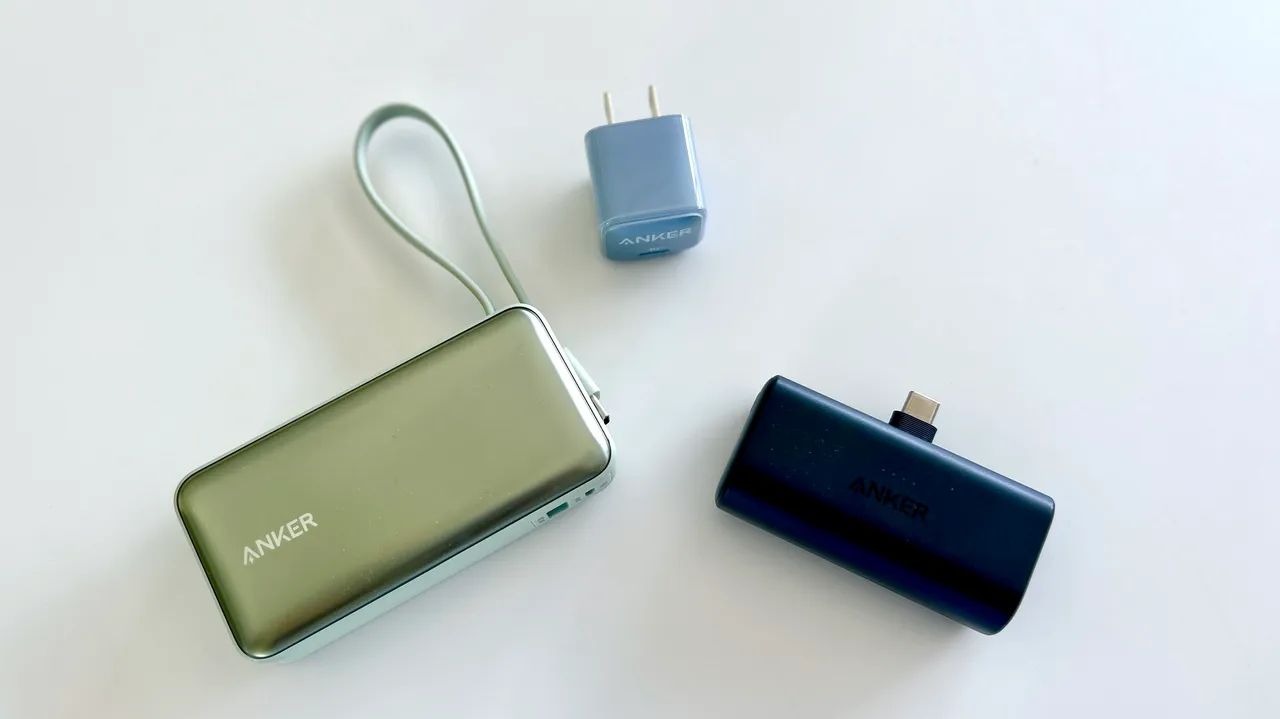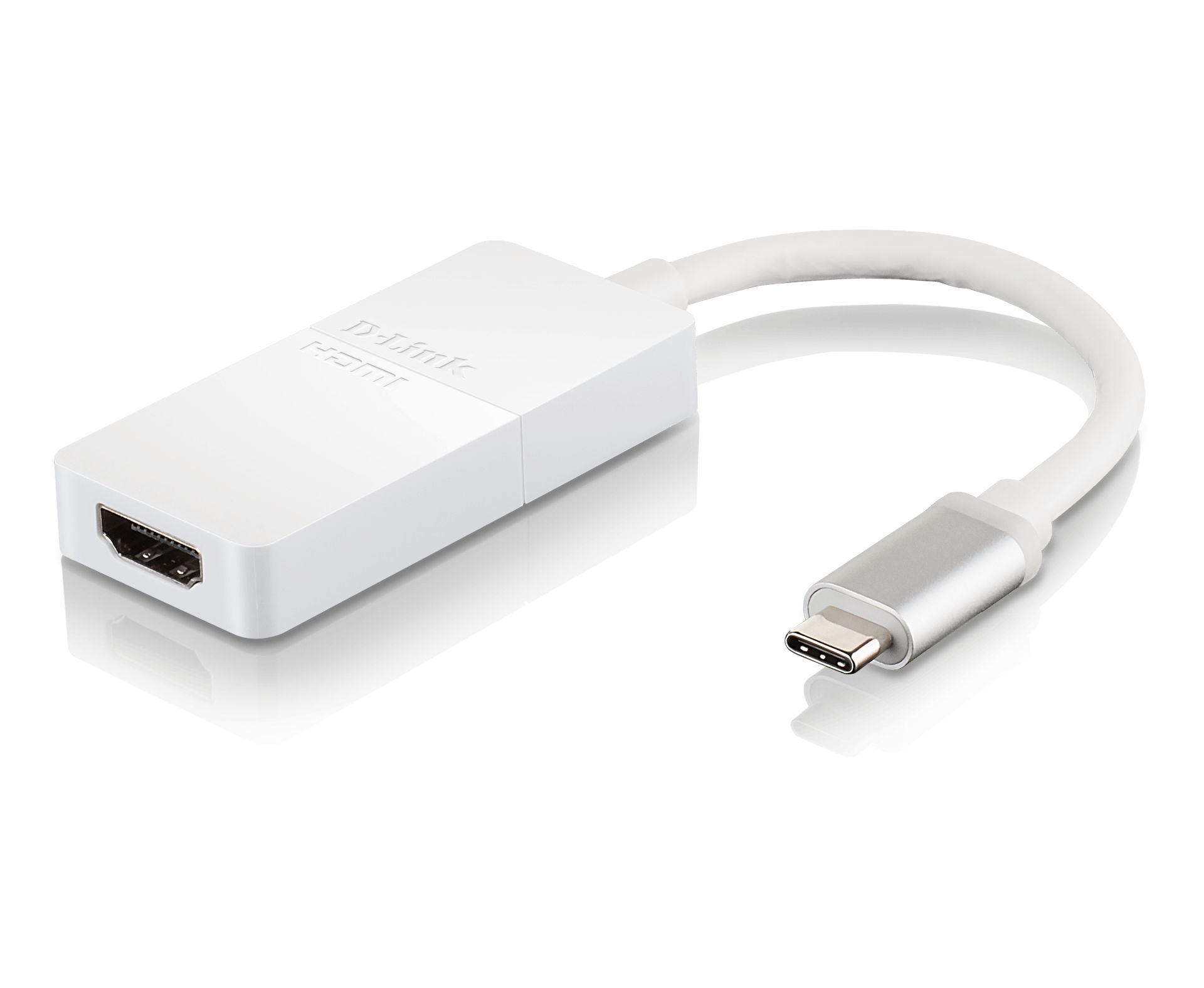Using a USB-C Cable
One of the simplest and most common ways to charge a MacBook Pro without a charger is by using a USB-C cable. This method allows you to connect your MacBook Pro to another device or power source that has a USB-C port.
To start, you will need a USB-C to USB-C cable. This type of cable is commonly used for data transfer and charging on modern devices. Most MacBook Pro models come with a USB-C port, so you can use this cable to connect your MacBook Pro to another device or power source.
If you have another device with a USB-C port, such as a smartphone or tablet, you can use that device as a temporary charger for your MacBook Pro. Simply connect the USB-C cable to both devices, and the power will begin to transfer from the host device to your MacBook Pro.
Alternatively, you can use a USB-C wall adapter or a USB-C power bank as a power source for your MacBook Pro. USB-C wall adapters are similar to traditional chargers and can be plugged into an electrical outlet. USB-C power banks, on the other hand, are portable and can provide a convenient solution for charging your MacBook Pro on the go.
When using a USB-C cable to charge your MacBook Pro, it’s important to ensure that the device you are connecting to has enough power output to support the charging requirements of your MacBook Pro. Different MacBook Pro models have different power requirements, so be sure to check the specifications for your specific model.
In summary, using a USB-C cable offers a simple and versatile solution for charging your MacBook Pro without a charger. Whether you connect it to another device with a USB-C port or utilize a USB-C wall adapter or power bank, this method allows you to conveniently charge your MacBook Pro wherever you have access to a compatible power source.
Utilizing a Thunderbolt 3 Dock
A Thunderbolt 3 dock is another effective way to charge your MacBook Pro without a charger. This device acts as a hub, allowing you to connect multiple peripherals to your MacBook Pro while also providing power.
To use a Thunderbolt 3 dock for charging, you’ll need a Thunderbolt 3 cable that is compatible with your MacBook Pro. Simply connect one end of the cable to the Thunderbolt 3 port on your MacBook Pro and the other end to the Thunderbolt 3 port on the dock.
Once connected, the Thunderbolt 3 dock will provide power to your MacBook Pro, allowing it to charge. In addition, the dock typically offers additional ports such as USB-A, HDMI, Ethernet, and more, providing you with extra connectivity options for your peripheral devices.
It’s important to ensure that the Thunderbolt 3 dock you choose has enough power output to support the charging requirements of your MacBook Pro. Different docks have different power capabilities, so be sure to check the specifications of the dock to ensure compatibility.
Utilizing a Thunderbolt 3 dock offers the advantage of not only charging your MacBook Pro but also expanding its connectivity options. With a Thunderbolt 3 dock, you can connect multiple devices and accessories, such as external monitors, keyboards, and external hard drives, making it a convenient solution for both charging and productivity.
Whether you’re in a home office or on the go, a Thunderbolt 3 dock provides a reliable and versatile charging solution for your MacBook Pro, allowing you to charge your device while also extending its capabilities with additional ports and connectivity options.
Implementing a Portable Battery/Power Bank
When you find yourself without a charger for your MacBook Pro, implementing a portable battery or power bank can be a lifesaver. These compact and portable devices are designed to provide on-the-go power to various devices, including laptops.
To charge your MacBook Pro using a portable battery or power bank, you will need a USB-C to USB-C cable. Connect one end of the cable to the USB-C port on the battery or power bank, and the other end to the USB-C port on your MacBook Pro.
Make sure to choose a portable battery or power bank with a sufficient power capacity to meet the charging requirements of your MacBook Pro. Check the battery capacity of your MacBook Pro and compare it to the power bank’s capacity to ensure compatibility.
Portable batteries and power banks come in various capacities, ranging from small ones that can provide a single charge to larger ones that can offer multiple charges. Opt for one with a higher capacity if you anticipate needing to charge your MacBook Pro multiple times before having access to a charger.
Another factor to consider when selecting a portable battery or power bank is its power output. Ensure that the device you choose can deliver the necessary power output to charge your MacBook Pro effectively.
Implementing a portable battery or power bank provides you with the flexibility to charge your MacBook Pro whenever and wherever you need it. Whether you’re traveling, attending meetings, or working remotely, having a reliable power source in the form of a portable battery or power bank can keep you productive and connected.
Harnessing the Power of a Solar Charger
For eco-conscious MacBook Pro users or those in remote locations without access to electricity, harnessing the power of a solar charger is an excellent option. A solar charger utilizes the energy from sunlight to charge your MacBook Pro’s battery.
To make use of a solar charger, you will need a solar panel with a compatible output and a USB-C to USB-C cable. Place the solar panel in direct sunlight, ensuring it is positioned optimally to absorb the maximum amount of sunlight.
Connect one end of the USB-C cable to the USB-C port on the solar panel and the other end to the USB-C port on your MacBook Pro. The solar charger will convert solar energy into electrical energy, providing a charge to your MacBook Pro.
It’s important to note that the charging speed of a solar charger can vary depending on factors such as the intensity of sunlight, the angle and direction of the solar panel, and the capacity of the charger itself.
When choosing a solar charger, opt for one with a higher power output to ensure efficient charging of your MacBook Pro. Additionally, select a solar charger with a built-in battery or power bank, which allows you to store solar energy and charge your MacBook Pro even when sunlight is limited.
Keep in mind that using a solar charger requires access to sunlight, so it may not be suitable for all situations. However, it is a great option for outdoor enthusiasts, travelers, or individuals who want to reduce their carbon footprint.
Harnessing the power of a solar charger for your MacBook Pro offers a sustainable and renewable energy solution. By utilizing solar energy, you can charge your device on-the-go and decrease your reliance on traditional power sources.







